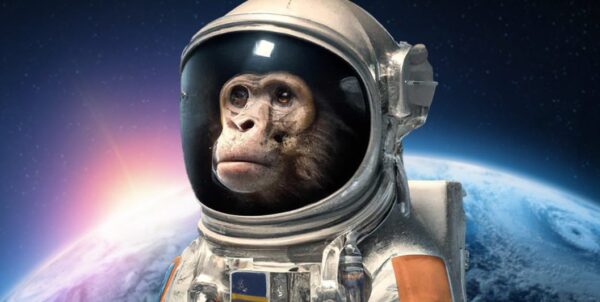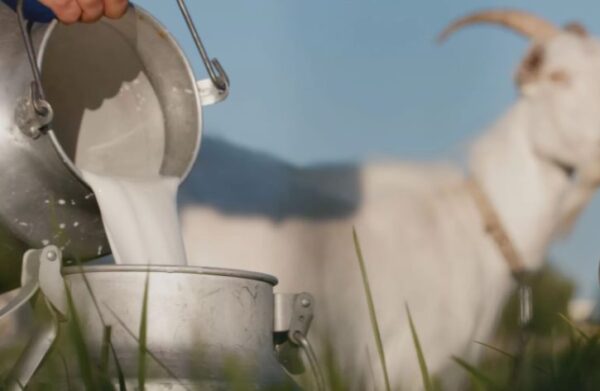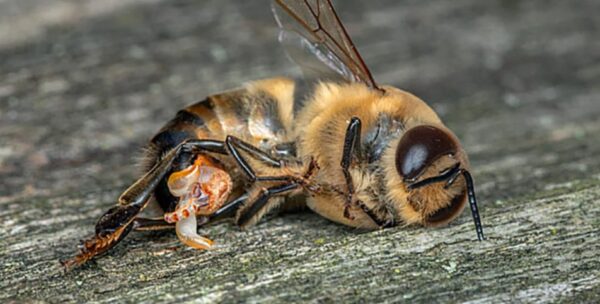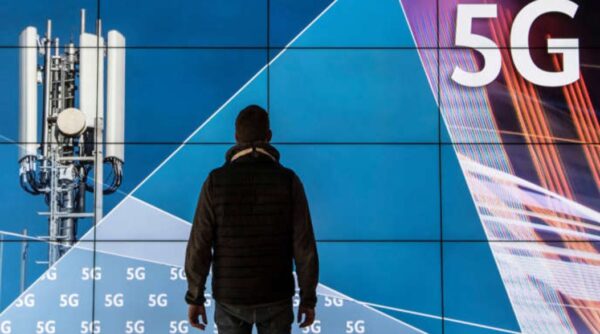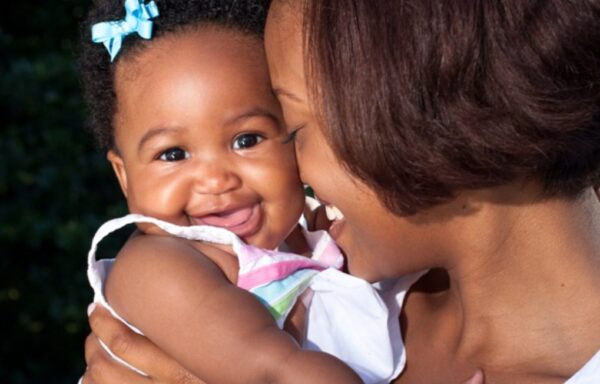Lifestyle
Can animals get jealous like humans do?
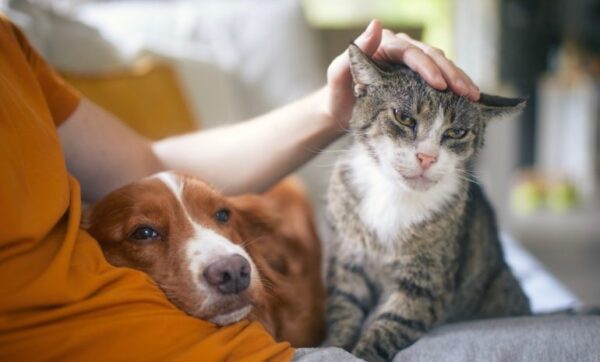
Jealousy is a complex emotion familiar to humans, often arising from a fear of losing attention, affection, or resources to someone else.
From relationships to workplace rivalries, jealousy is deeply intertwined with human psychology and social behavior.
But do animals feel jealousy as well? Research suggests that certain animal behaviors, particularly in social species like dogs, primates, and birds, resemble what we recognize as jealousy.
Animals have demonstrated actions such as protesting unequal treatment, becoming agitated when attention is diverted, or defending their bonds and resources.
While the emotional experience of jealousy in animals may not mirror the human condition entirely, behavioral studies reveal fascinating insights into their emotional depth, social intelligence, and evolutionary survival strategies.
Understanding jealousy in humans
Jealousy in humans is triggered by perceived competition, whether for relationships, resources, or recognition. It is a combination of emotions, including insecurity, frustration, and fear of loss.
Psychologists often describe jealousy as a protective mechanism, evolved to secure valuable connections or opportunities. For example, in close relationships, jealousy may arise if one feels their partner’s attention is directed elsewhere. Similarly, in group settings, feelings of unfairness or inequity can spark resentment or defensive behaviors.
One critical human trait linked to jealousy is inequity aversion—a resistance to unfair treatment. Humans often reject unequal distributions of resources, even at their own expense, to preserve fairness and cooperation within a group. This tendency plays a critical role in building and maintaining organized, cooperative societies.
Research into animal emotions has provided compelling evidence of behaviors that resemble jealousy. These studies often involve social animals, who rely on relationships and cooperation for survival. Some examples include:
| Animal |
Jealousy-Like Behaviors |
Triggers |
| Dogs | Whining, nudging, or pushing between their owner and another pet or person. | Seeing their owner give attention to someone or something else. |
| Cats | Clinginess, ignoring owners, or destructive behavior. | The introduction of a new pet, changes in routine, or being ignored. |
| Birds | Squawking, nipping, or displaying aggression. | Owners interacting with other birds or people. |
| Monkeys | Protesting, aggression, or refusing cooperation. | Unequal rewards or attention compared to others. |
| Rabbits | Protecting food, space, or showing aggression. | Perceived threats to territory or relationships. |
These examples highlight that jealousy-like behaviors are not limited to humans. Animals in close relationships or hierarchical groups demonstrate behaviors suggesting they recognize inequality, competition, or changes in social dynamics.
Frans de Waal’s study on inequity in monkeys
One of the most famous studies on jealousy-like behavior in animals comes from primatologist Frans de Waal. His experiment with capuchin monkeys demonstrated strong reactions to perceived unfairness.
In the experiment, two monkeys performed the same task but received different rewards—one got a cucumber while the other received a grape, a far more preferred treat. The monkey receiving the cucumber quickly became agitated, throwing the cucumber and rattling its cage in protest. This behavior suggested a sense of inequity aversion, mirroring humans’ reactions to unfair treatment.
However, recent research, including findings by Oded Ritov at the University of California, offers a more nuanced interpretation. Ritov’s team concluded that the monkeys’ reactions were not due to jealousy in the human sense but rather frustration caused by unmet expectations. Even when another monkey was absent, capuchins protested unfair rewards, indicating their dissatisfaction stemmed from the situation itself rather than comparison.
Jealousy-like behaviors may have evolved as adaptive responses to secure resources, protect bonds, and maintain social stability within groups. For example:
- Resource protection: Animals competing for food, territory, or mates often show aggressive or possessive behaviors when threatened. This ensures survival and reproductive success.
- Bond maintenance: Social animals, such as dogs or primates, rely on strong relationships. Jealousy-like actions, such as nudging or protesting, can help reinforce bonds and deter rivals.
- Status preservation: In hierarchical groups, unequal treatment can threaten social standing. Animals may respond with aggression or withdrawal to reassert their position.
These behaviors, while not identical to human jealousy, highlight the role of social awareness and emotional responses in animals’ evolutionary success.
Domestic pets, particularly dogs and cats, provide some of the clearest examples of jealousy-like behavior.
- Dogs: Studies have shown that dogs react when their owners focus on other pets or objects. Behaviors such as nudging, whining, or inserting themselves between the owner and a “rival” suggest dogs experience something akin to jealousy. This reaction likely stems from their strong bond with humans and desire to maintain attention and affection.
- Cats: Cats may exhibit jealousy-like behaviors when a new pet or person enters their environment. Signs include becoming clingy, ignoring owners, or engaging in destructive actions. Changes in routine or reduced attention can trigger these reactions, reflecting their sensitivity to relationships and territory.
Birds and social jealousy
Birds, known for their strong social bonds, also display behaviors resembling jealousy. Parrots, for instance, are highly attentive to their human caregivers. When owners interact with others—be it people, birds, or pets—parrots may squawk, nip, or behave disruptively, seemingly to regain attention. These behaviors emphasize the importance of social connections in birds’ emotional lives.


